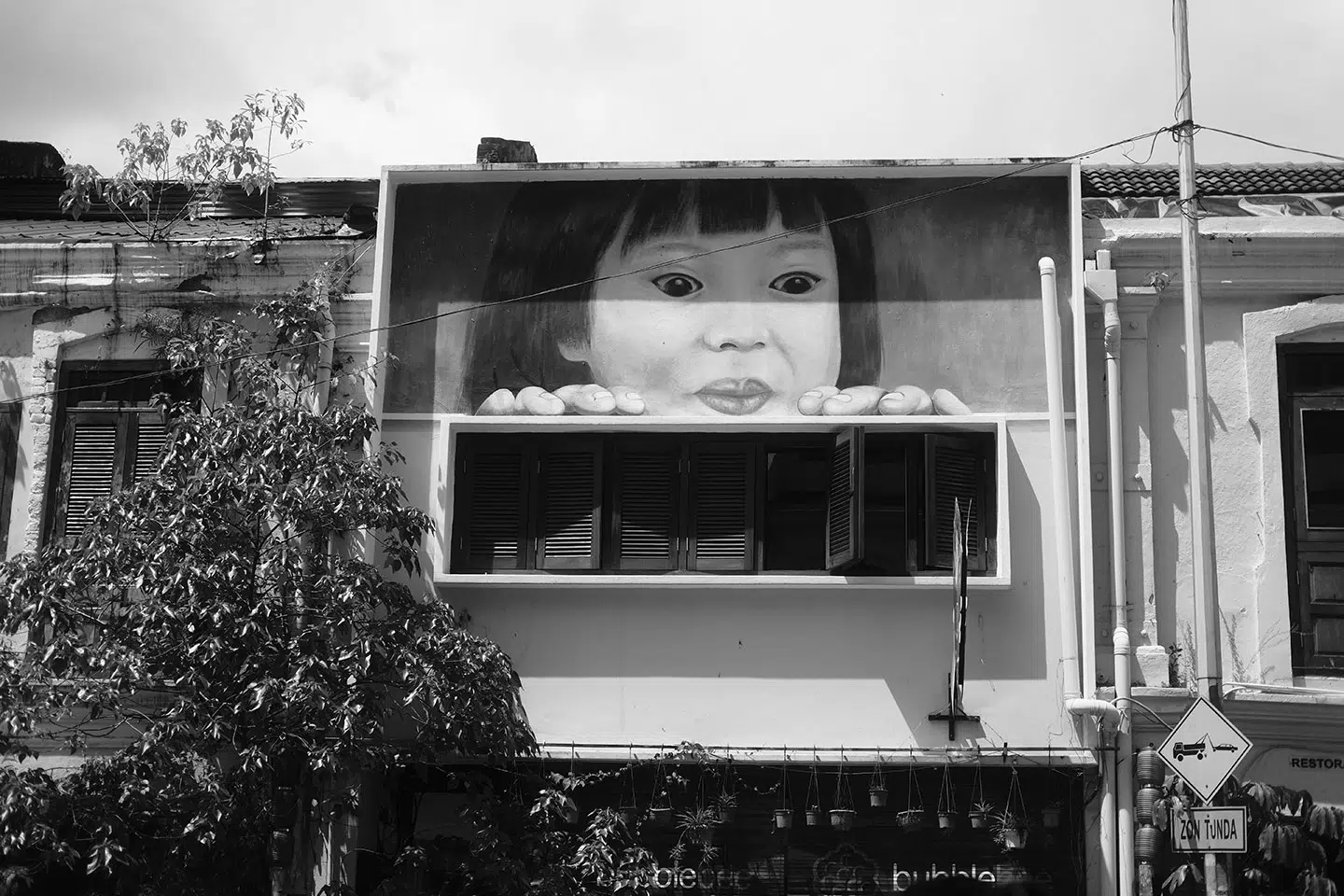Fujifilm has some film simulations for landscapes specifically designed for shooting landscapes, cityscapes, architecture, scenery and travel photography in black and white and color. In this post, we will be discovering the 6 best Fujifilm film simulations for landscape photography that you should know about.
I had done some deep research to see which film simulations are actually the best and the survey was done based on how popular the use of film simulations for landscapes, sightseeing and nature.
If you go to any of the film simulations on the Facebook group and ask for your favorite film simulation, you would probably get different answers.
There is a huge difference between the same film simulation on different people’s cameras. If you love shooting landscapes frequently, chances are you already have one of these film simulations or custom settings stored in your camera.
You can use them on any of your Fujifilm X-Trans IV sensor cameras to add that little artistic touch to your images. Just store it on your camera and save the custom settings and you would be ready to shoot.
Here is a video guide from Pal2Tech explaining which is the best film simulation for low noise that might help with choosing your next film simulation for outdoor shoots.
Film simulations are great, but they have their shortcomings as well. There are situations when you do not want the effects of film simulations, such as astrophotography.
As for astrophotography, we want to keep the camera settings as standard as possible because post-processing is required after the shoot to retrieve some details and also some color processing.
Will these landscape film simulations work well on portraits or streets? The answer is yes, some of the best street film simulations also can be used for landscape photography.
Some Fujifilm photographers prefer to use it separately with custom settings, this is when the Fujifilm recipes or X-Trans 4 film simulation recipes come in handy.
How to Shoot?
The best rule of thumb is to check if the image looks good using the film simulation after each shot. The way how to check is to look at the colors and check if the colors look great.
Also, look for any highlight clipping on your images, recommended using some of the Fujifilm basic cameras features such as histogram, highlight peaking, framing guidelines and so on.
I would try to avoid editing my JPEG, so shooting SOOC JPEG on landscape and scenery might take a little patience as you don’t want to end up doing lots of editing after finding out your images are underexposed or overexposed.
Check for shadows, highlights, sharpness and avoid any lens distortion on your images. Don’t forget to focus on the right place, if it is not, then check the manual focus option.
Do not forget to check all the combinations before shooting the whole sequence, it’s best to take some shots in different exposure settings.
You might also need some additional camera equipment and accessories for shooting scenery or landscape, such as ND filters, tripods, lens hoods and so on.
If you would like to achieve vintage film-like landscape, scenery and nature photographs, please read on.
What Are The Best Film Simulations For Landscapes?
Here I’m going to reveal some of the favorite landscape film simulations used by Fuji shooters. Since the camera has great film simulation modes, you are able to play with different kinds of effects. You can adjust the style of the image by adjusting the various settings.
You have the ability to simulate what look like different film stocks or the color that you want. They are good for low-light and night photography too. If you want to try different creative effects, you can choose your favorite effect and feel free to experiment with it.
Classic Negative
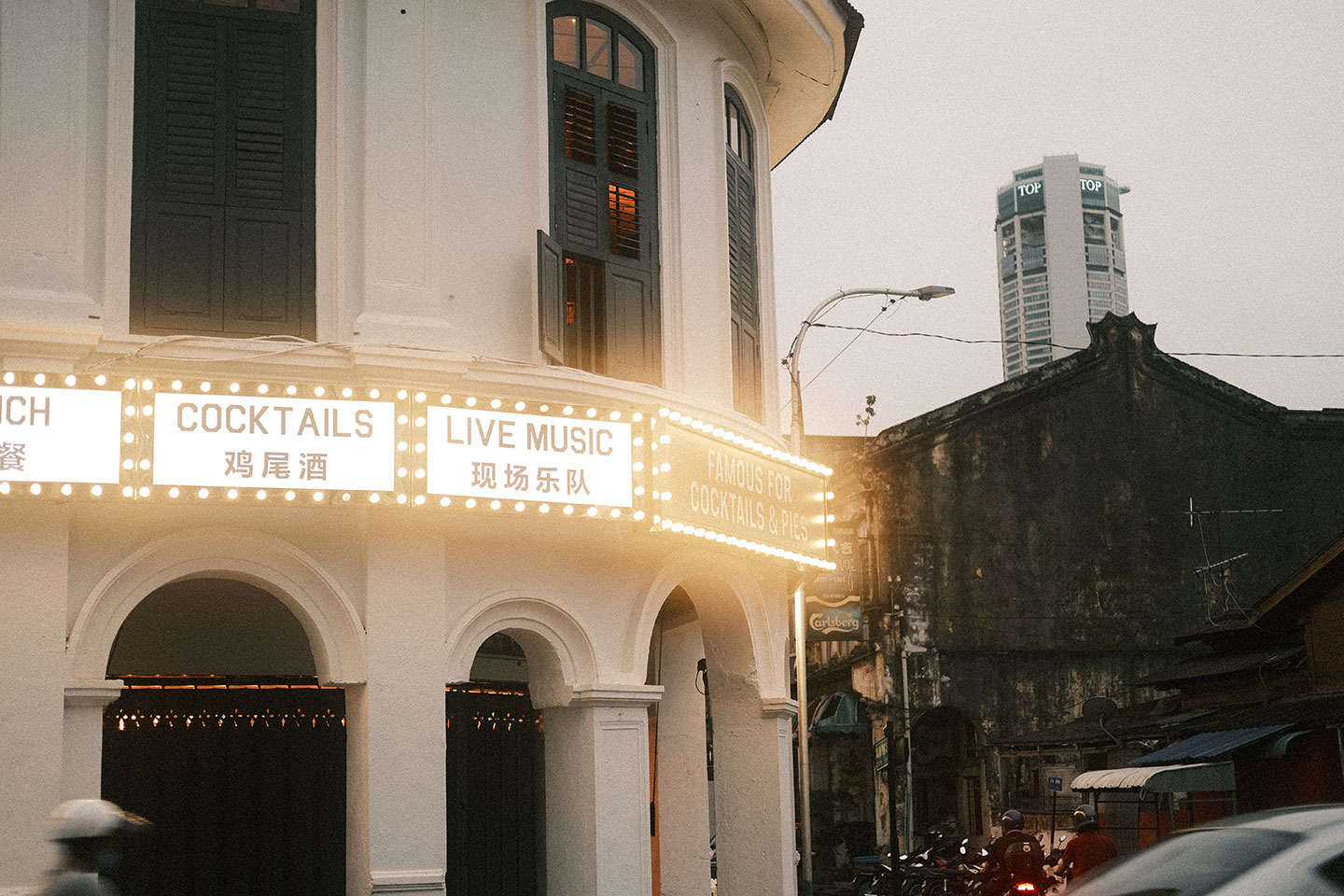
Available for the newer X-Trans IV sensors, the Classic Negative remains one of the best Fujifilm film simulations for landscapes.
Acros
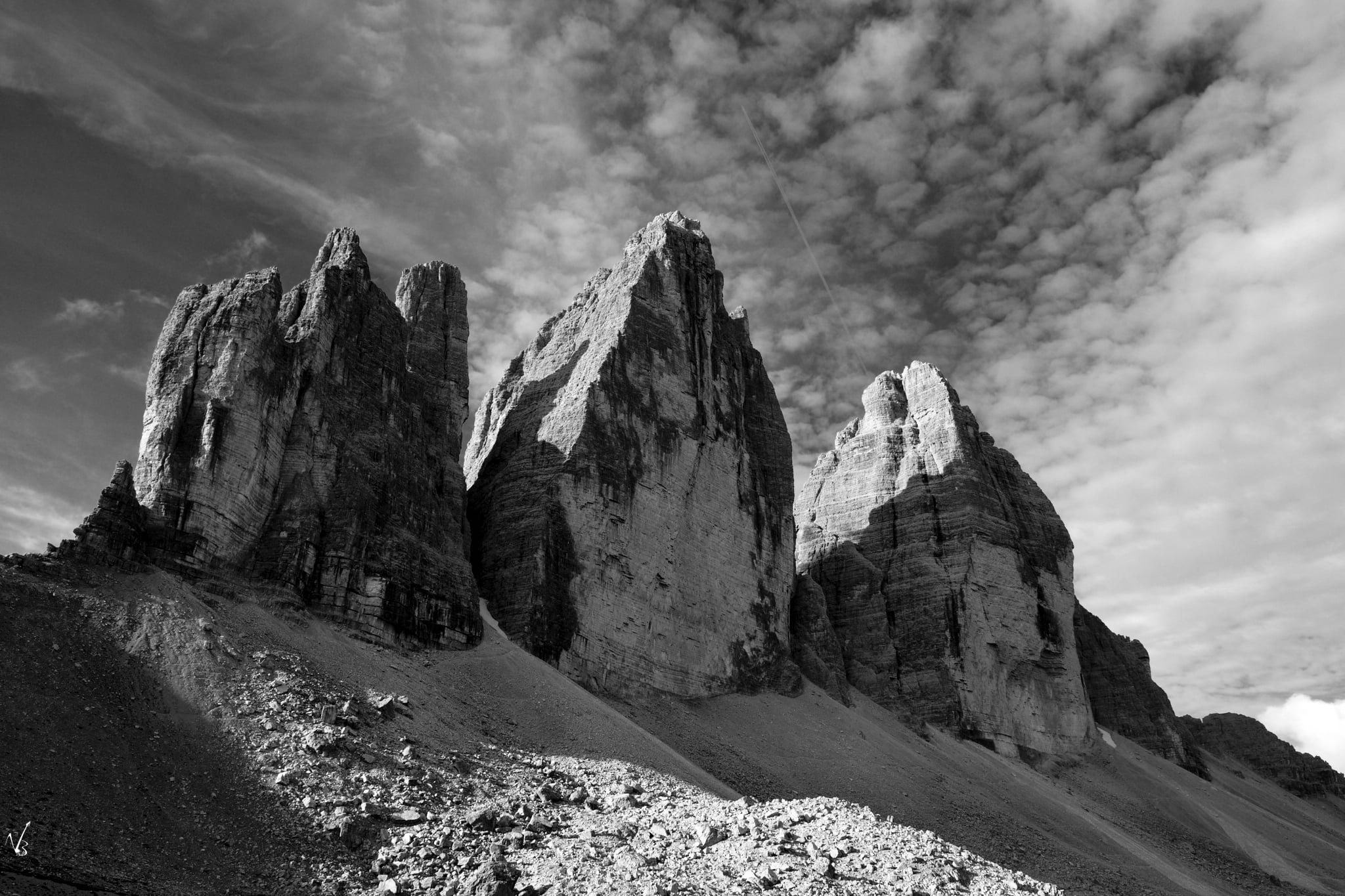
It is one of the most popular film simulations and is quite close to how the film used to look. Mostly used for landscape, moody streets and also great for portraits as well.
Classic Chrome
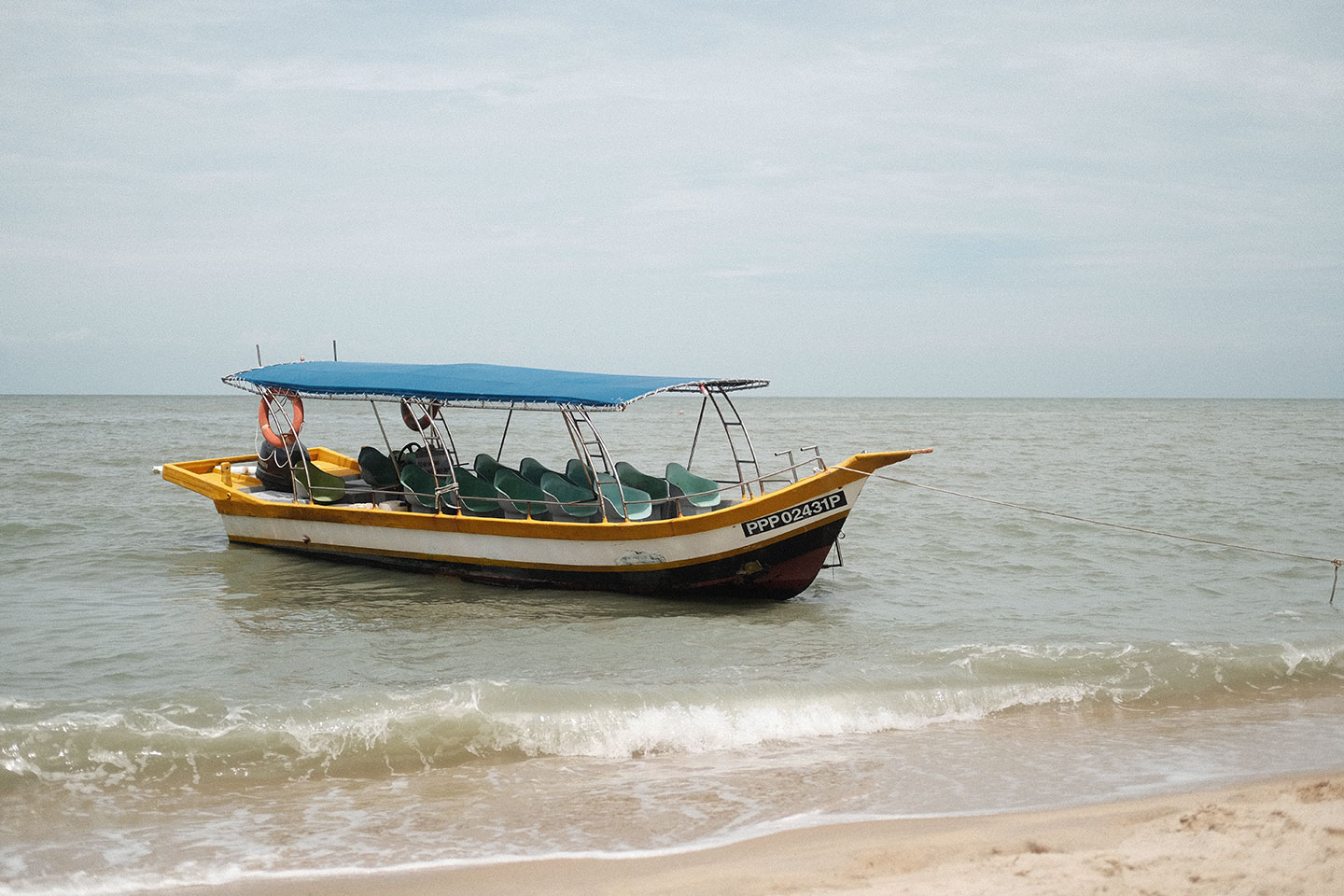
Classic Chrome is one of the favorite and most used film simulations for landscapes, streets and portrait shots. The classic contrast and its smooth look give classic style to your photos.
If you are looking for some custom settings especially for people, do check the Downtown Bloom recipe. Classic Chrome also is known as the best film simulation for portrait use because it is a good option for all photography needs.
Provia
This simulation is the standard color profile used to reproduce more realistic colors in the image and can be used for nature as well.
Velvia
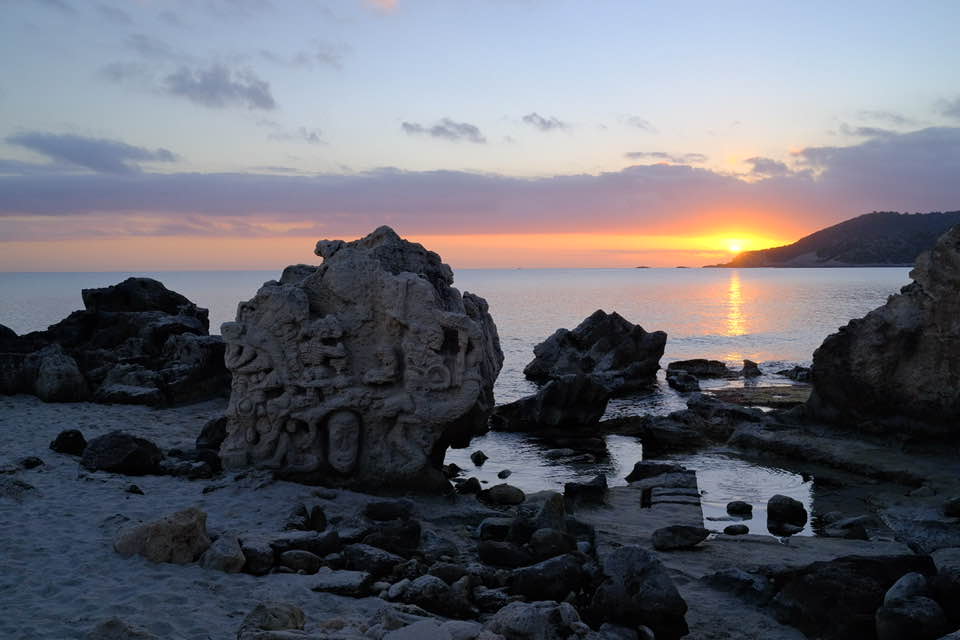
The most popular and recommended film simulation by the Fujifilm team is Velvia. The color will appear more vivid and contrasty which will make your scenery photos stand out. The reason why it is less used for portraits is the skin tones which might be too saturated.
It works great for different kinds of photography including landscape, streets, nature, and scenery.
Astia
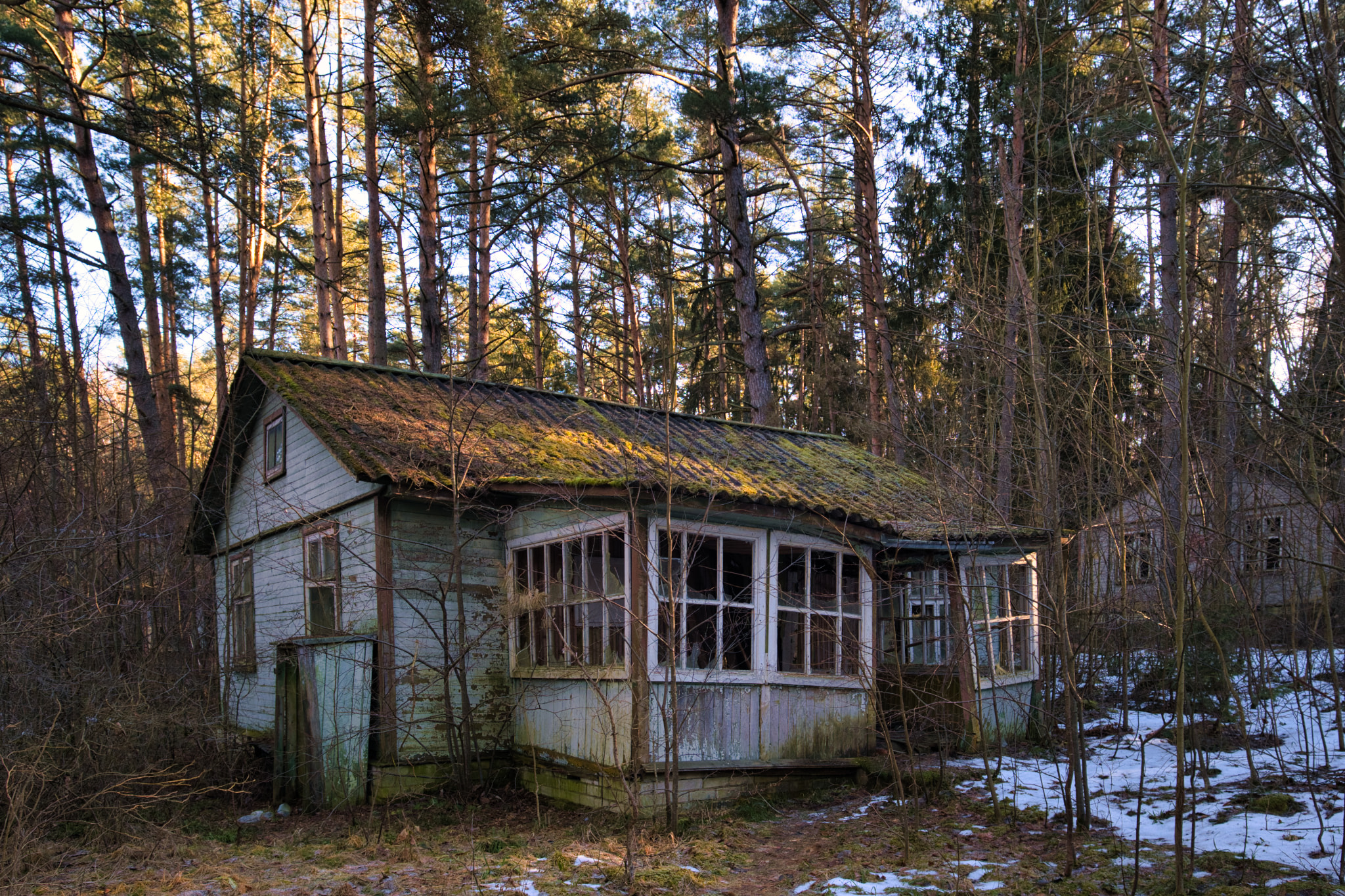
Another popular film simulation is used for both landscapes, sightseeing and street shots.
Final Thoughts
One of the things that make these film simulations for landscapes photography so popular is the fact that it has been used by many different photographers to create images that are different from others.
No matter what you are going to shoot, it is best to pick one of the color film simulations for landscapes photography that you like or would like to try out for its color results.
Film simulations are not the same as applying filters through apps, the Fujifilm cameras are used to shoot color films like the Fujifilm Velvia, Acros and Provia so we know what look these films have and what it is going to look like in digital.
If you love sightseeing while traveling, do check some of my recommended landscape film simulations recipes for your next go-to travel shooting style.
Nomadic Mood
Fujifilm Kodachrome recipe
LomoChrome Metropolis
Dark Matter
If you want to try a different effect and you are after more creative results, then the above-mentioned film simulations for landscapes photography can be the perfect one for you.


